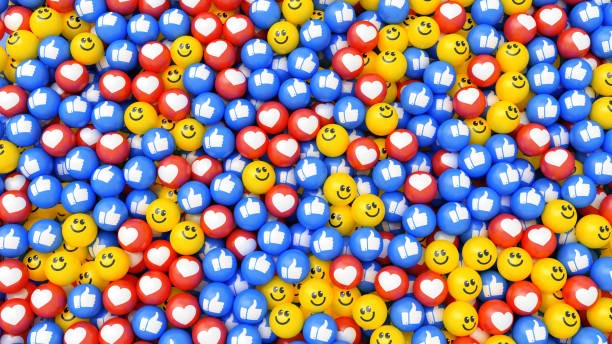In the ever-evolving landscape of social media, where algorithms change frequently and new platforms emerge, one thing remains consistent: the power of an Instagram like. Despite debates about its relevance in recent years, the Instagram like continues to be a potent social signal that carries significant weight for individuals, influencers, and brands alike.
At its core, a like is a simple yet effective way for users to express appreciation or approval for content. It serves as instant feedback that resonates with both creators and audiences. For content creators, whether they are casual users or professional influencers, receiving likes validates their efforts and creativity. It provides them with tangible evidence that their content is resonating with their audience. This validation fosters motivation to produce more engaging posts while also offering insights into what type of content performs well.
From a psychological perspective, likes tap into the human desire for connection and acceptance. Each double-tap on an image or video acts as a micro-affirmation—a small but meaningful gesture that signals interest or admiration from others. This creates a sense of belonging in online communities where people share common interests or values.
For brands and businesses using buy instagram followers instant delivery as part of their marketing strategy, likes play an essential role in measuring engagement levels. While other metrics such as comments and shares provide deeper insights into audience interaction, likes remain one of the most visible indicators of popularity at first glance. A high number of likes can enhance credibility by signaling trustworthiness and quality to potential customers who may be encountering the brand for the first time.
Moreover, Instagram’s algorithm still considers user engagement—including likes—when determining which posts appear on someone’s feed or in Explore pages. Although newer features like Reels have gained prominence within the platform’s ecosystem, traditional posts with substantial likes are more likely to reach wider audiences organically.
Critics argue that removing public visibility of likes could reduce pressure on users who equate digital validation with self-worth. However, even if hidden from public view—as tested by Instagram in certain regions—the act of liking retains its significance behind-the-scenes for analytics purposes.
Ultimately, despite ongoing changes in how we interact online and shifts toward alternative engagement metrics such as saves or shares, an Instagram like remains a powerful social currency. Its simplicity belies its impact; it connects people across boundaries while serving as both personal affirmation and strategic insight tool for those navigating today’s dynamic digital world.







